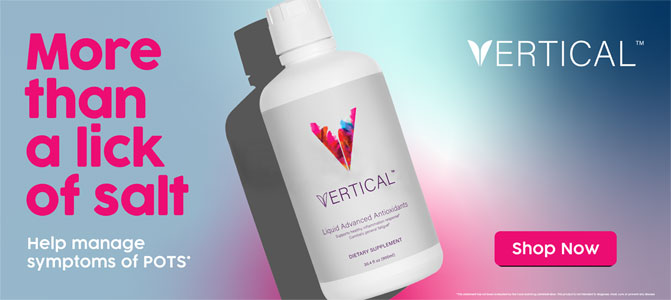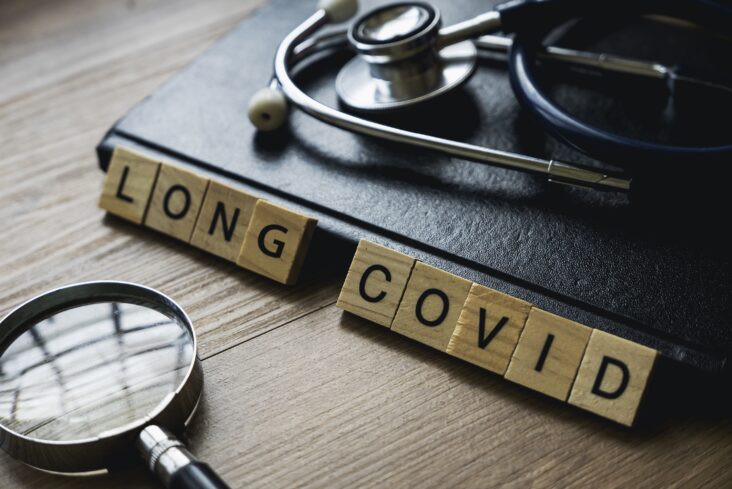It is generally well known that many chronic and serious pathologies cause an over-production of oxidants, including Reactive Oxygen Species (ROS), Reactive Nitrogen Species (RNS), and many other oxidative molecules.
What may not be as well-known is the fact that severe acute conditions may also cause an over-production of oxidants.
A recent published review [[i]] highlighted this in COVID-19 patients. Many of the other pathogens that cause severe acute diseases are also implicated, including: Influenza (like COVID-19, a SARS virus) and many other viruses, bacteria (like the Borrelia bacterium that causes Lyme Disease), severe physical or physiological stresses or traumas (like that which trigger what is known as Fibromyalgia), severe exposures to cold, heat, chemicals, etc., and severe mental or emotional traumas (e.g., PTSD), to name a few.
An over-production of oxidants is known as Oxidative Stress.
While some level of oxidants are necessary for the Immune system as a first-line defense against pathogens, for programmed cell death, and other general cellular house-keeping activities, too many oxidants lead to cell and organelle damage, including damage to Mitochondria.
The cardiovascular and the nervous systems have the highest numbers of Mitochondria per cell and are therefore more susceptible to Oxidative Stress.
As the cardiovascular tissue and the Parasympathetic and Sympathetic (P&S) branches of the autonomic nervous systems (ANS) become disordered, P&S dysfunction accelerates cardiovascular disorder and a downward spiral begins, often long before recognized disease symptoms present.
Further, in addition to collecting oxidants for beneficial use, the Immune system is primarily responsible for balancing the oxidants and antioxidants in the system. With P&S dysfunction, this balancing process becomes less effective.
Oxidative Stress-induced P&S Dysfunction may be associated with a huge constellation of symptoms and conditions including: lightheadedness; fatigue; wild fluctuations in blood pressure, blood glucose, hormone levels, and weight; difficult-to-describe pain syndromes (including complex regional pain syndromes, or CRPS); excessive symptoms of palpitations without clinical correlation to definitive pathology or seizures; temperature dysregulation (to heat and cold and sweat responses); and symptoms of depression and anxiety, ADD/ADHD, exercise intolerance, sex dysfunction, sleep or GI disturbance, cognitive dysfunction or “brain fog”, or frequent headache or migraine.
Given the current high volume of the Severe Acute Respiratory Syndrome Coronavirus 2 (SARS-CoV-2, or Coronavirus Disease 2019, or COVID-19 virus, or COVID), it will be the exemplar severe acute pathology used as a model of other severe acute pathologies.
In patients who recover from COVID, the basic model is:
1) COVID causes Oxidative Stress in most patients who recover.
2) the severity of the resulting Oxidative Stress is debilitating to a sub-population of the patients effected (perhaps 15%, in the case of COVID, [personal clinical observations]).
3) Oxidative Stress damages cell membranes, DNA, and (especially) Mitochondria.
4) as the cells that utilize the most energy (ATP) in the body, nerve and cardiovascular cells are the most susceptible to Oxidative Stress-damaged Mitochondrial dysfunction.
5) Mitochondrial dysfunction in the P&S nerve cells themselves and the mitochondrial damaged cardiovascular cells both cause changes in P&S that manifest three to six months after relief of the initiating pathology (COVID).
6) due to this delay, and the normalcy of the interim, the resulting P&S Dysfunction is not associated with COVID.
7) the resulting P&S Dysfunction causes many symptoms, the most suffered are lightheadedness and persistent fatigue that is not treatable by standard therapies [4].
8) both Oxidative Stress and P&S imbalance are treatable [[ii]], depending on individual history.
9) rebalancing oxidation and P&S leads to improved outcomes, including quality of life (i.e., fatigue is relieved) and improved productivity [[iii]].
The main clinical dilemma is that the connection between COVID and P&S Dysfunction is not obvious.
The symptoms of P&S Dysfunction, presenting three to six months after the disease is relieved and apparent normal function is returned, are interpreted as a new condition and misinterpreted as not a continuation of the previous condition.
This causes three problems.
First, since only the symptoms are being treated, the therapy plan is often confounded due to conflicting dysfunctions. For example, the fatigue is often accompanied by lightheadedness or dizziness, anxiety, depression, sleep difficulties, and loss of productivity. Treating all of these symptoms individually involves competing agents.
Furthermore, and the second problem, since what is being treated are symptoms and not the underlying cause (Oxidative Stress and P&S imbalance), therapies are usually titrated to higher doses; and yet, the patients still do not respond as expected.
Moreover, if and when P&S Dysfunction is suspected, the high doses of these medications often leave the patient sensitized to these medications.
This sensitization precludes their use at the very low levels needed for balancing the P&S nervous systems.
All of these treatment issues can leave the Physician thinking that the patient is non-compliant or psychosomatic, which often leads to a psychology referral.
This can lead to breakdown of the physician-patient relationship, since the patient is sure that the symptoms are real and not in her or his head.
As suggested by the title of the recently published article [1], a simple P&S assessment may be made in the clinic to identify any P&S imbalance.
Relieving the P&S imbalance, which often involves Antioxidants [2], and thereby restoring P&S and oxidant balance, relieves or prevents the symptoms of P&S imbalance post-COVID, thereby, minimizing any further reductions in quality of life and losses in productivity.
P&S testing is not ANS testing.
Most ANS tests only test total autonomic function and force assumption and approximation to theorize P&S activity.
There is only one P&S test that provides simultaneous, independent measures of P&S activity.
What is expected from P&S testing is one or more of four possible P&S Dysfunctions that underlie the Dysautonomia typically associated with Oxidative Stress.
[i] Murray GL. COVID-19 cardiac complications: Is an easy, safe treatment strategy right under our noses? J Cardiovasc Dis Diag. 2020; 8:5. doi: 10.37421/jcdd.2020.8.415.
[ii] DePace NL, Colombo J. Autonomic and Mitochondrial Dysfunction in Clinical Diseases: Diagnostic, Prevention, and Therapy. Springer Science + Business Media, New York, NY, 2019.
[iii] Acosta C, DePace NL, DePace NL, Kaczmarski K, Pinales JM, and Colombo J. Antioxidants effect changes in systemic parasympathetic and sympathetic nervous system responses and improve outcomes. Cardio Open. 2020; 5(1): 26-36. doi: 10.33140/COA.05.01.04







